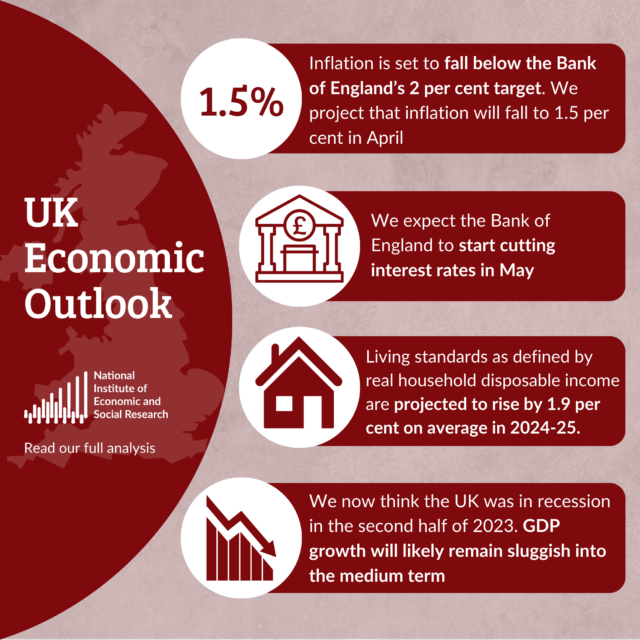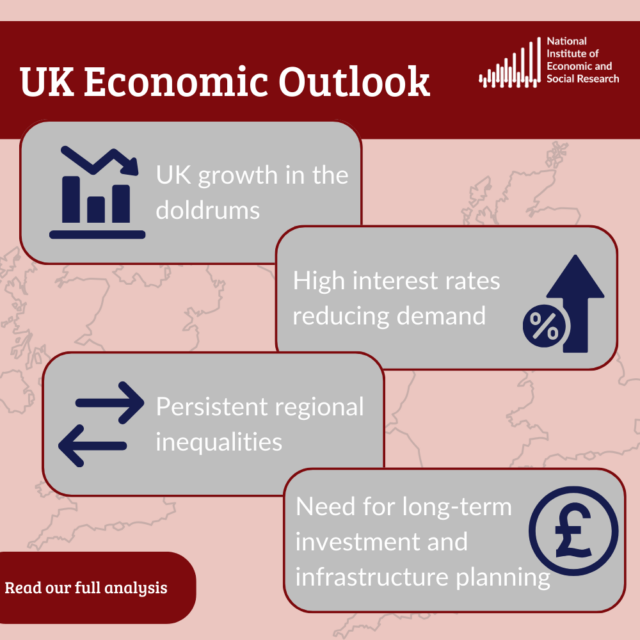Reducing productivity and efficiency gaps: the role of knowledge assets, absorptive capacity and institutions

Summary & aims
Methodology
The project consists of four main parts. In the first part we describe the main productivity and output trends of the EU during the period 1995-2012 in comparison to other major world economies, and provide an up-to-date account of sectoral developments. We use growth accounting techniques to decompose productivity growth into its main components.
The second part of the project reports econometric evidence on the factors affecting international diffusion of R&D. This part of the chapter has been undertaken by WIIW Vienna. The third part of the project is an econometric study of the determinants of efficiency, using Stochastic Frontier Techniques. The fourth part presents evidence on firm behaviour at the outset of the crisis, focusing on firms' strategic decisions regarding investment in tangible and knowledge assets.
Timescale and funder
This study was undertaken for the European Competitiveness Report 2013 (prepared by the DG Enterprise and Industry, European Commission). The project began in December 2012 and was completed by September 2013.
The European Competitiveness Report is published annually since 1997, and provides a quantitative assessment of competitive performance of EU industries. The report uses empirical research to understand the determinants of EU competitiveness, looking at the whole economy and at selected sectors.
Read the report here

























